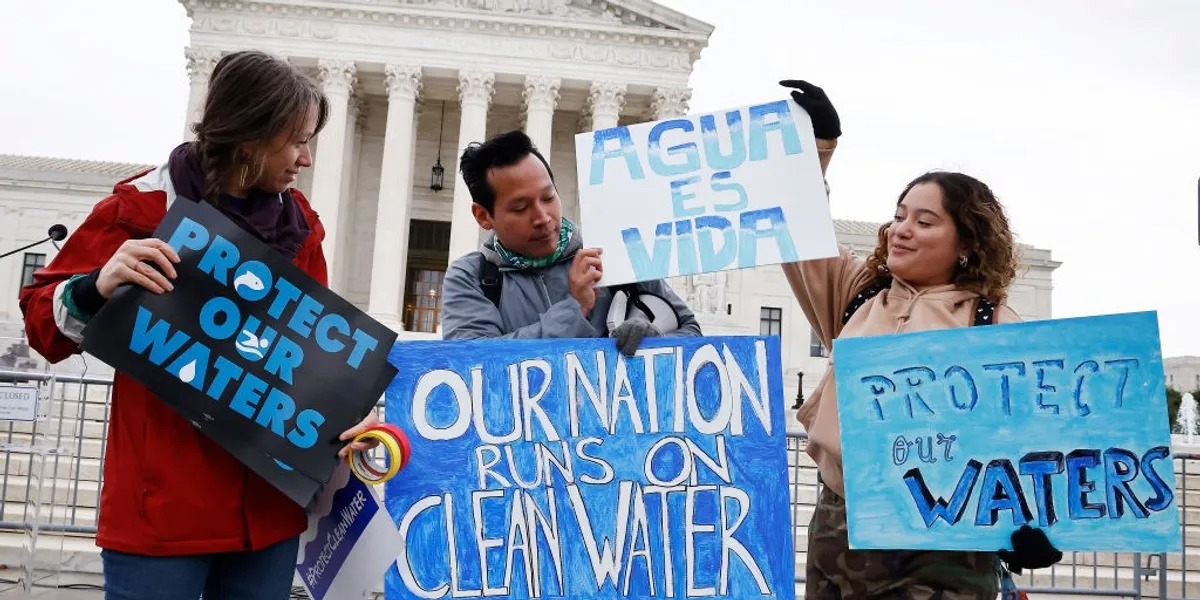James Berge recalls a time when the water near his rural Iowa home was clean and clear. However, in recent years, he has noticed a troubling change. “It’s filled with algae and brown,” he laments, adding, “I wouldn’t even eat a fish out of these rivers.”
The culprit behind this pollution, according to Berge, is a combination of factors, including an increase in hog farms, lenient regulations, and a drought.
This degradation of Iowa’s water quality has prompted concerns, especially with the Supreme Court’s decision last year to weaken Clean Water Act protections.
Until recently, the Clean Water Act provided some level of protection for Iowa’s waterways. Enacted in 1972, the law prohibited the disposal of pollutants into various water bodies under the jurisdiction of the Environmental Protection Agency (EPA), including wetlands.

Wetlands play a crucial role in Iowa’s ecosystem, serving as habitats for wildlife and natural filters for pollutants like nitrates and phosphorus, which are commonly found in hog farm runoff. On average, wetlands reduce nitrogen levels by more than 50 percent, according to Clean Water Iowa.
However, a Supreme Court ruling last year changed the landscape. In Sackett v. EPA, an Idaho couple sued the EPA after the agency threatened fines for filling wetlands on their property.
The Supreme Court ultimately ruled in favor of the Sacketts, stating that the EPA had exceeded its authority. As a result, the Clean Water Act now only applies to water bodies that are navigable or have a continuous surface connection to navigable waters, significantly limiting the EPA’s jurisdiction.
This decision has left the vast majority of wetlands and many tributaries without federal protection. While the ruling was a victory for industries like factory farms, a new state bill, the Clean Water for Iowa Act, aims to address the issue of water pollution.
If passed, this legislation could help mitigate the impact of the weakened federal protections and provide much-needed relief for Iowa’s waterways.


